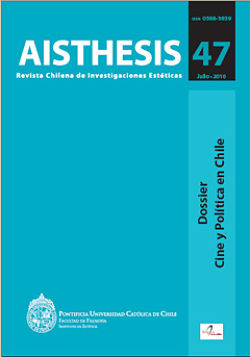Sacred and Secular Vocals and Liturgical Reform in Spain (1850-1915)
Main Article Content
Abstract
El objeto de estudio es el tratamiento que recibe el Canto popular religioso y la participación del pueblo en el movimiento de reforma de la liturgia católica del siglo XIX en España. Se revisan tanto fuentes documentales como ediciones de repertorios idóneos para facilitar el canto del pueblo en latín y en lengua vernácula. Todo ello permite llegar a la consideración del movimiento reformista decimonónico como impulsor de una tendencia innovadora que el Concilio Vaticano II desarrollará: la participación activa de los fi eles en la liturgia. Esta visión matiza las posturas que consideran esta reforma como un simple historicismo trasnochado y retrógrado, centrado en la recuperación del gregoriano y la polifonía religiosa como modelos de la nueva composición religiosa
Downloads
Article Details

This work is licensed under a Creative Commons Attribution-NonCommercial-ShareAlike 4.0 International License.
All contents of this electronic edition are distributed under the Creative Commons license of "Attribución-shareAlike 4.0 Internacional" (CC-BY-SA). Any total or partial reproduction of the material must mention its origin.
The rights of academic works published in this publication belong to their authors., who grant to AISTHESIS: Revista Chilena de Investigaciones Estéticas the license for its use. The management of the permits and the authorization of the publication of the images (or of any material) that contains copyright and its consequent rights of reproduction in this publication is the sole responsibility of the authors of the articles
